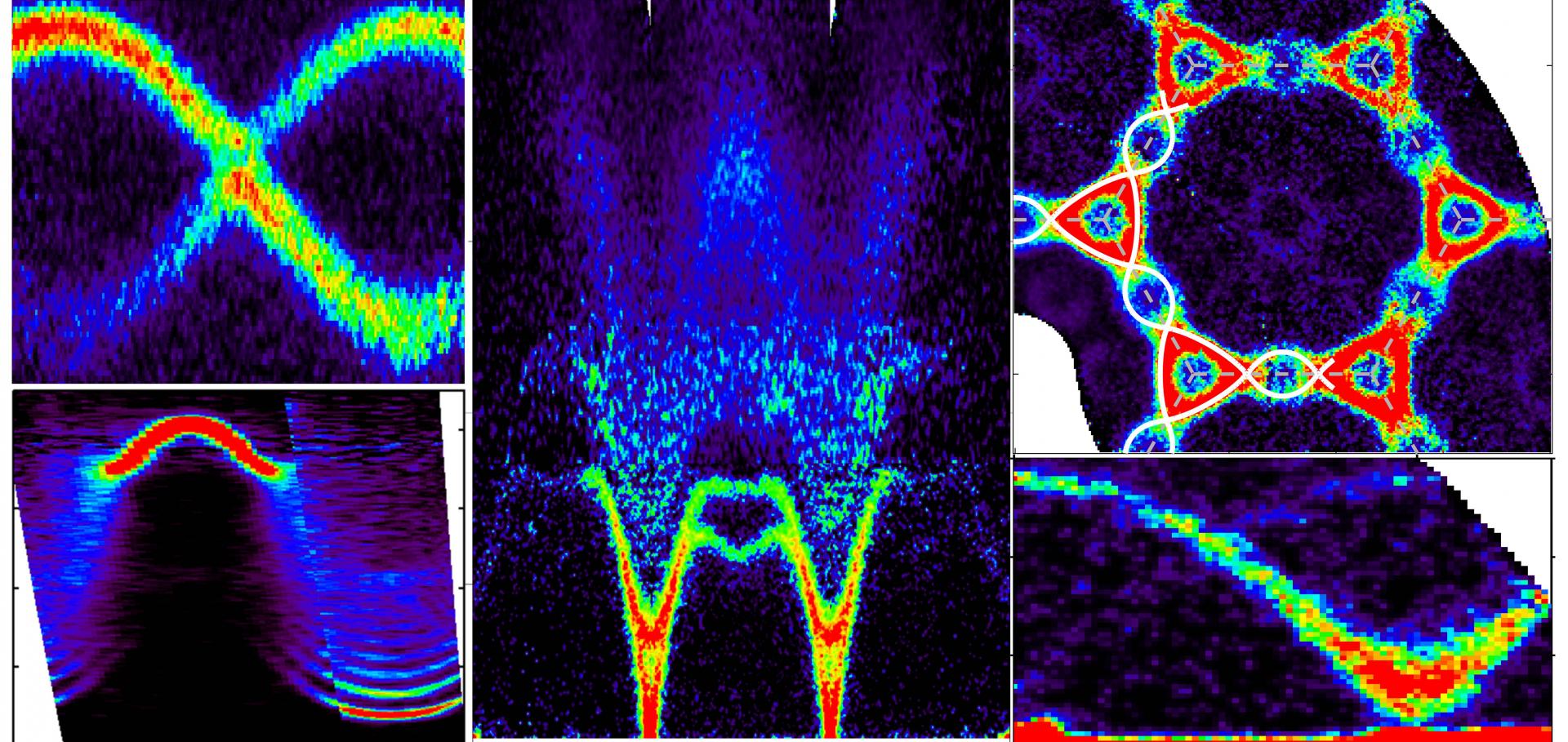The phase diagram of a quasi-1D S = ½ Heisenberg antiferromagnet
Journal of Magnetism and Magnetic Materials Elsevier 177 (1998) 659-660
The Quasi-1D S=1/2 Antiferromagnet Cs2CuCl4 in a Magnetic Field
(1997)
The Quasi-1D S=1/2 Antiferromagnet Cs2CuCl4 in a Magnetic Field
ArXiv cond-mat/9705226 (1997)
Abstract:
Magnetic excitations of the quasi-1D S=1/2 Heisenberg antiferromagnet (HAF) Cs2CuCl4 have been measured as a function of magnetic field using neutron scattering. For T<0.62 K and B=0 T the weak inter-chain coupling produces 3D incommensurate ordering. Fields greater than Bc =1.66 T, but less than the field (~8 T) required to fully align the spins, are observed to decouple the chains, and the system enters a disordered intermediate-field phase (IFP). The IFP excitations are in agreement with the predictions of Muller et al. for the 1D S=1/2 HAF, and Talstra and Haldane for the related 1/r^2 chain (the Haldane-Shastry model). This behaviour is inconsistent with linear spin-wave theory.Neutron scattering study of the magnetic structure of
Journal of Physics Condensed Matter IOP Publishing 8:40 (1996) 7473
Direct Observation of Charge Order in Triangular Metallic AgNiO2 by Single-Crystal Resonant X-Ray Scattering
PHYSICAL REVIEW LETTERS AMER PHYSICAL SOC 106 15


